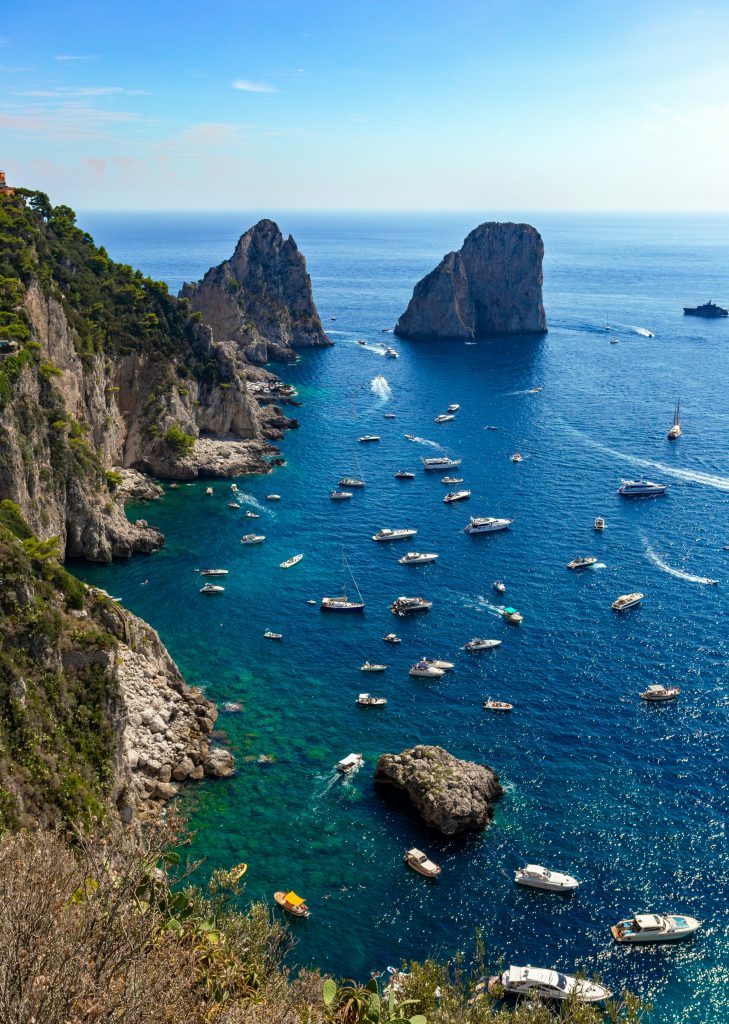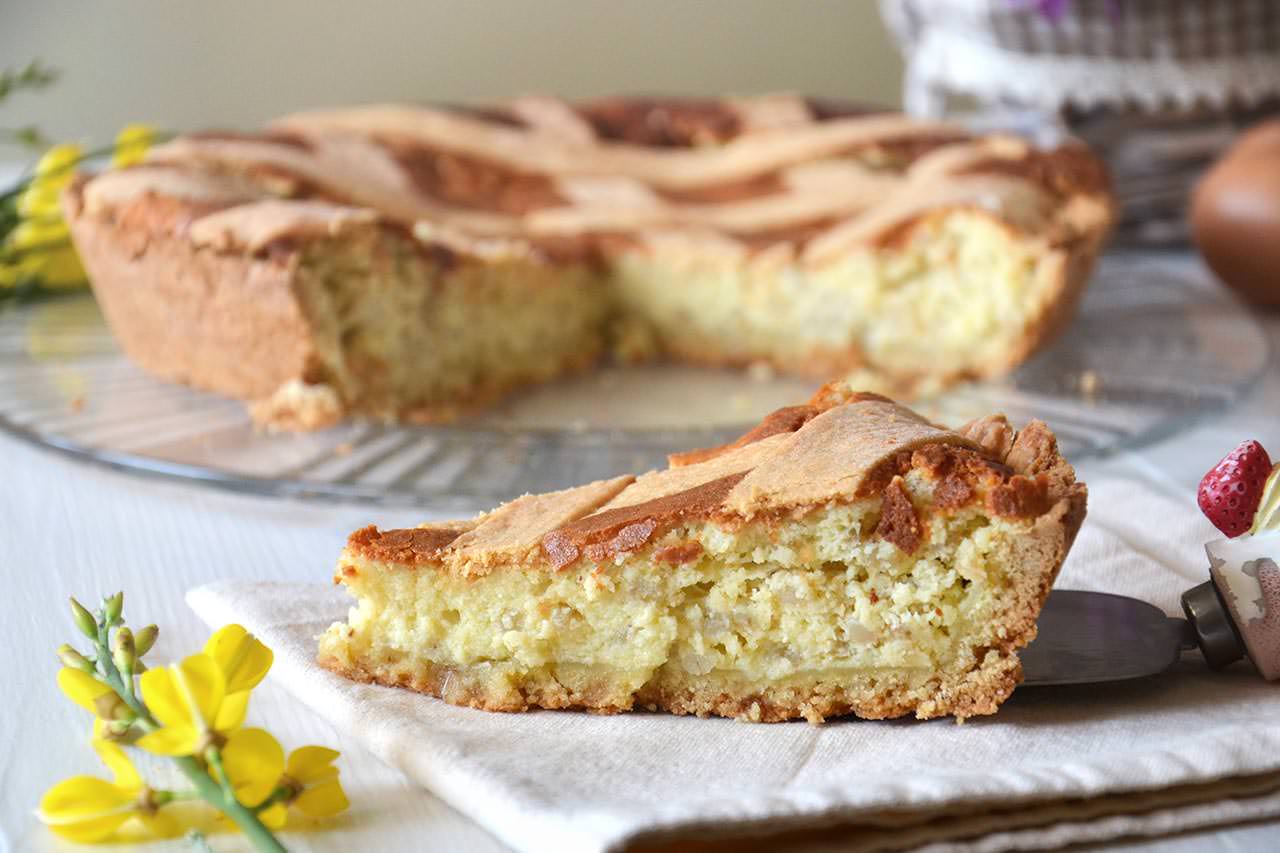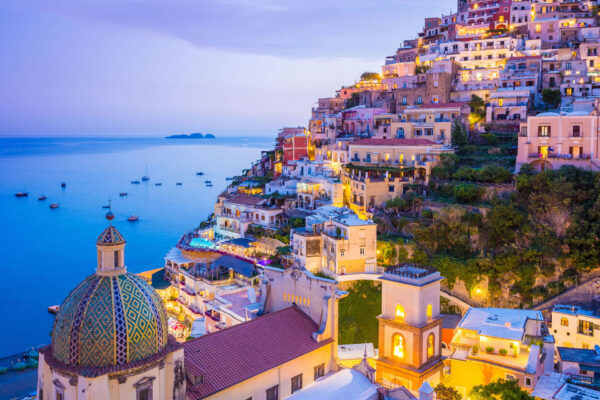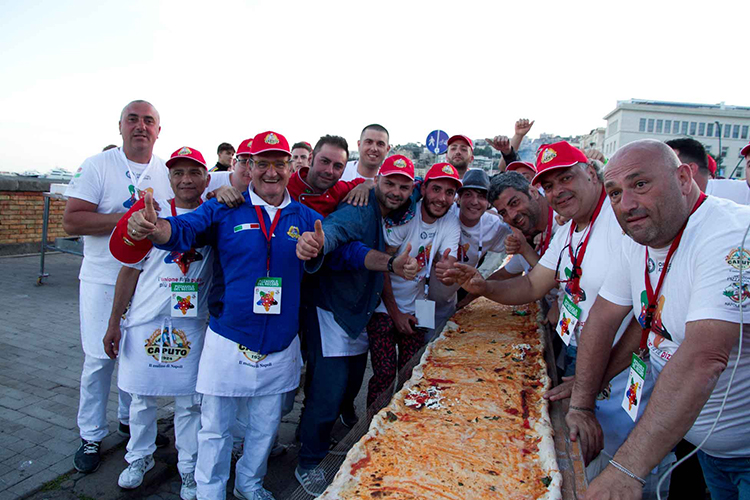Naples is among the most known cities, loved and visited in the world. Every single detail of climate, territory, culture, gastronomic tradition, language and historical heritage is the key to its worldwide success.
Because Naples is like this: beautiful and welcoming, rich and shining, able to win the hearts of even the most skeptical and to make everyone who, on the basis of mere prejudices, almost did not want to visit it believe. And getting there is very simple: wherever you are in the world, thanks to the Transavia flights Naples Amsterdam, it takes very little to catapult in a place that can offer both the sea and the mountains, make guests feel well-liked even with a single glance and demonstrate their love and affection to the sound of sfogliatelle.
Attention, however: to visit Naples is not enough just one day, as you need to go only if armed with curiosity and desire to discover the most hidden soul. With these prerequisites, the journey becomes simply unforgettable.
What to see in Naples
The beauties to see in Naples are so many that, once you get there, it can be difficult to understand where to start. That’s why the advice is to make a mini-journey in advance, which must contemplate without any doubt the following places:
Spaccanapoli
It starts from the place that “guts” Naples: it is Spaccanapoli, from which depart the main streets that cross the city. It is a main artery that allows you to discover beauties such as the Spanish Quarters, Forcella, San Gregorio Armeno, the altar dedicated to Maradona, Piazza San Domenico Maggiore, Chiesa del Gesù Nuovo, the Church of Santa Maria Francesca delle Cinque Piaghe and, Don’t miss the Monumental Complex of Santa Chiara with the Cloister of the Poor Clares.
Piazza del Plebiscito
The heart of Naples coincides with Piazza del Plebiscito, lively and colorful, surrounded by the promenade and Via Toledo. Inside it houses architectural structures of great historical importance, such as the Basilica of San Francesco di Paola, the Colonnade, the Royal Palace and the equestrian statues of Charles III and Ferdinand I.
Palazzo Reale
The Royal Palace of Naples, located in Piazza del Plebiscito, is a true architectural masterpiece. It was founded as the residence of Viceroy, Bourbons and Savoy, but today it houses beautiful royal apartments and the prestigious National Library.
Naples underground
It is also possible to make a tour in the “bowels” of the Neapolitan city to discover the so-called underground Naples, composed of tunnels, tunnels, cisterns and very little light. The atmosphere is simply perfect for the more adventurous who want to live an unforgettable experience.
Galleria Borbonica
The Bourbon Gallery of Naples consists of a tunnel, initially of a military nature, wanted by King Ferdinand II. After the expulsion of the Bourbons it was never completed and, with the passage of time, it held several roles, including that of war shelter during the Second World War. Even today it is possible to admire the numerous testimonies of the time, such as the toilets and the inscriptions on the walls.
Galleria Umberto I
Cathedral and Chapel of the Treasure of San Gennaro
The deep bond between the city of Naples and its Patron Saint San Gennaro is evident inside the Cathedral of San Gennaro, a church located on Via Duomo (much wanted by Charles II) that houses the famous Treasure Chapel of San Gennaro: A real jewel of Baroque architecture internationally, rich in important works of art dating back to the sixteenth and seventeenth centuries.
Promenade and Castel dell’Ovo
The promenade of Naples, simply gorgeous, has as its protagonist Castel dell’Ovo, around which reigns a very mysterious legend. It is said, in fact, that in its foundations an egg is laid that, if it were to break, would collapse the entire city. A good reason to visit it and be overwhelmed by the aura of magic and mystery.

Foto : Unsplash
Teatro San Carlo
As the oldest opera house in Europe and the world, the Teatro San Carlo dates back to 1737, the year in which it was built at the behest of Carlo Borbone. Its history is very troubled, but it is what has brought it to its maximum splendor: after being destroyed by the bombings of the Second World War, the Teatro San Carlo was the first theater in Italy to be rebuilt to return active as soon as possible.
Veiled Christ in the Sansevero Chapel
Another hidden treasure of Naples is the Veiled Christ, kept in the Sansevero Chapel. The sculpture was created by the Neapolitan artist Giuseppe Sanmartino, who was able to create not only a life-sized marble statue of Jesus Christ, but also treated in detail, with an incredible effect that makes the hard marble a soft transparent veil on the body of Christ.
Museum and Real Forest of Capodimonte
The Museum of Capodimonte was the ancient residence of King Carlo; after being passed from hand to hand, today it is a treasure chest of wonders to which it is impossible to resist, in particular the Farnese Collection and the many works of Michelangelo, Raphael, Caravaggio, Botticelli and Mantegna.
Archaeological Museum of Naples
The Archaeological Museum of Naples is among the most beautiful state museums in Italy. With its surface of 12,650 square meters it offers not only an interesting architectural experience, but also the opportunity to be able to observe works of art and artifacts collected over the centuries.
Cimitero Fontanelle
Another mysterious place in Naples is the Fontanelle Museum (or Cemetery), a very charming place located in the Holiness district. It consists of a former ossuary, extending over 3,000 square meters, which houses the remains of an unknown number of people. The Cemetery in question is famous because in the past it was precisely here that the ritual of the “anime pezzentelle” was celebrated: in practice, a Neapolitan decided to adopt the skull of a soul abandoned in exchange for protection.
Museo Madre
The Mother Museum is located inside Palazzo Donnaregina, with beautiful nineteenth-century rooms. The homonymous foundation, which has been managing the museum for several years, promotes art and culture throughout the Neapolitan territory.
Monumental Complex of Sant’Anna dei Lombardi in Via Toledo
A short distance from the central Via Toledo is the Monumental Complex of Sant’Anna dei Lombardi, a pearl to discover in Naples. Its fame is due to its architectural beauty and the Florentine artistic workers of the sixteenth century, as well as the presence of some works by Vasari and Michelangelo.
Maschio Angioino
The Angevin Male, who sweeps his gaze from the port to City Hall, controls everything that happens around him. Under the domination of the Angevins it turned out not to be a simple castle, but a pole of attraction for artists such as Giotto and Petrarca. Later, with the Aragonese, it was then transformed into an impregnable fortress.
Orto Botanico
The Botanical Garden of Naples, also known as the Real Botanical Garden, belongs to the Federico II University and is part of the Faculty of Mathematical, Physical and Natural Sciences. It covers 12 hectares and, inside, you can admire about 9 thousand plant species and over 25 thousand different specimens. Must visit in the company of children.
Villa Pignatelli
The Villa Pignatelli of Naples, also called Acton Pignatelli, is a monumental villa located along the Chiaia Riviera. Its structure, which also involves a large park, represent one of the main examples of neoclassical architecture of the city. Inside, you can visit the Prince Diego Aragon Pignatelli Cortés Museum and the Carriage Museum.
Excursion on the Vesuvius
Going to Naples and not make an excursion on Vesuvius is a real heresy, and not only for the thrill of climbing the top of an active volcano (among the most famous in the world, moreover), but also for the breathtaking view that you can admire from above. There are 11 routes marked by signs, but the most famous is certainly the Path N.5, that is “The Great Cone”.
Capri, Ischia, Procida, Pompeii and surroundings
Naples, of course, is not reduced only and only to the surrounding areas of its historic center: it includes, in fact, a whole series of places that can not miss between the planned travel stages. These are Capri, Ischia, Procida, Pompeii and all the other “popular” places that allow visitors to spend a stay dedicated not only to art, but also to relaxation and fun. Of course, the sea view is always included.

Foto : Unsplash
What to eat in Naples: the dishes not to be missed
It’s fine to book a stay in Naples with the aim of going around to discover monuments, statues, churches and scenic places; but none of this stands in comparison with the Neapolitan cuisine, famous all over the world for being so recognizable, how memorable.
Just sit at the table of any restaurant or any restaurant in the place to delight your palate with every course. To start the best, among the first dishes must include pasta stuffed with meat sauce, spaghetti mussels and clams, pasta and potatoes, lightning and thunder and sautéed soup.
Just the time to “go down” the first course and go with the main courses, including breaded anchovies, eggplant parmesan, stuffed squid, mussels in soup, chop and pork chop and, of course, the inevitable pies.
How to finish in beauty? Simple, with a typical dessert to choose from baba, sfogliatelle, ricci and pastiera, undisputed queen of Neapolitan pastry. But then, why choose? In Naples everything is legal, even order all the desserts on the menu!
Foto : Unsplash




